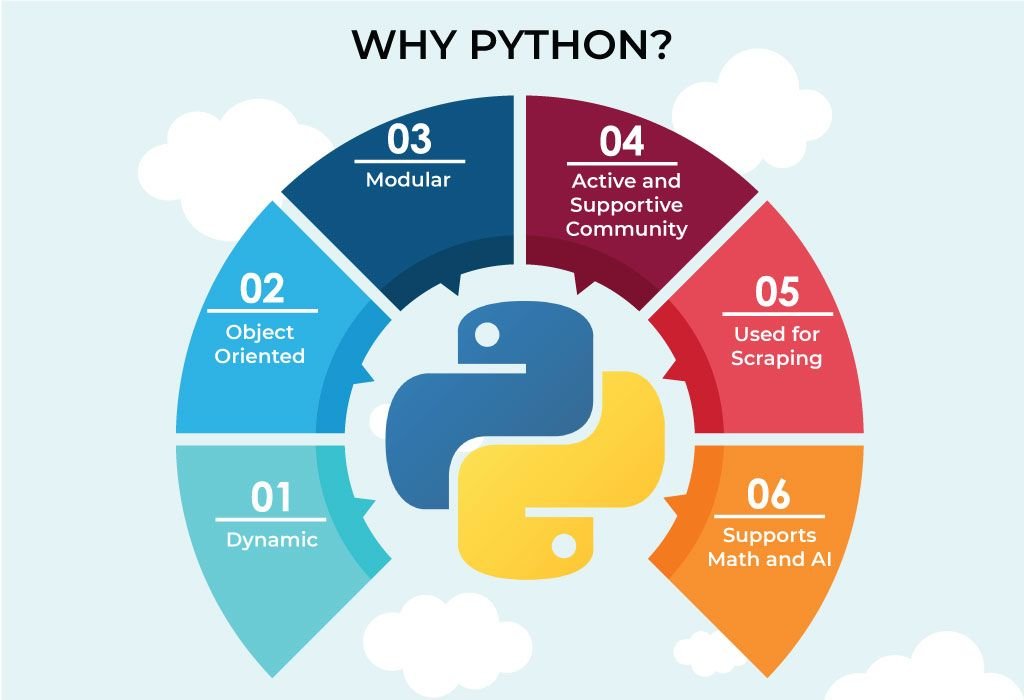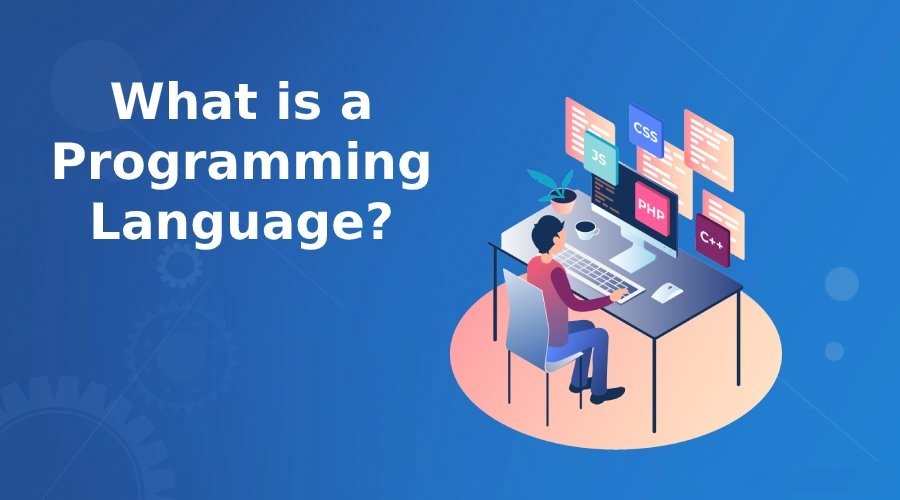Python is an incredibly powerful programming language for data science. It is widely used due to its easy syntax, efficient coding, and extensive libraries. Python is the ideal language for data science applications because of its high-level programming capabilities, large library of advanced packages, and robust object-oriented programming approach. Python’s primary data structure, NumPy, allows for the efficient manipulation of large data sets. Now Let’s learn about the reasons why Python is the Best Language for Data Science.
1) Python is Easy to Learn
Python is widely considered to be one of the easiest programming languages to learn and this is especially true for those with no prior programming experience. It’s generally considered a high-level language, meaning it abstracts away many of the details of low-level operations and allows developers to write code that’s both powerful and easy to understand.
Python is also a very concise language — often taking only a few lines of code to accomplish a task that would take substantially more lines of code using more verbose languages such as Java or C++. Its simple syntax also makes it easier to pick up than other, more complex, languages such as R or C#. Altogether, Python is a great beginner language for anyone looking to get into programming and data science.
2) Comprehensive Libraries for Data Analysis
Python has long been the go-to language for data science and analytics and, as such, contains several powerful libraries for advanced data analysis. These libraries are typically collections of specialized functions that make it easier to quickly and accurately solve complex problems without the need to write your code from scratch.
Python’s most popular libraries for data analysis include NumPy, which provides numerical arrays and matrices for efficient data manipulations; Pandas, which offers data structures and operations for manipulating numerical tables and time series data; SciPy, which provides functions for scientific computing; and Scikit-learn, which is a popular library for machine learning applications.
These libraries make it incredibly quick and easy to perform a variety of data analysis tasks such as slicing and dicing data, exploring distributions, summarizing datasets, and performing machine learning algorithms.
3) Flexibility to Handle Different Data Types
Python is perhaps most well-known for its flexibility in handling data types. Python can parse and manipulate almost any type of data, from numerical data to text data to binary data. Python also offers libraries such as SciPy and NumPy that allow you to perform numerical operations on large datasets with relative ease and speed.
Python also offers great support for scientific computing via libraries such as SciPy and other specialized plotting libraries such as Matplotlib. SciPy and Matplotlib make it incredibly easy to create powerful visualizations for use in a presentation, analysis, or even machine learning tasks.
4) Open-Source and Free to Use
Python is an open-source programming language and as such is completely free to use. This is great news for budget-conscious or time-strapped data scientists. This means that anyone can access the full range of tools and libraries available for use with Python, without any costly licenses or subscriptions.
Furthermore, because the language is open-source and free to use, it has seen a huge amount of community support and development over the years — constantly improving with new features and libraries added all the time.
5) Excellent Packages for Machine Learning
Python has also been widely adopted for use in machine-learning tasks. This is largely due to the range of powerful machine-learning libraries available for use with the language. Popular libraries for machine learning in Python include sci-kit-learn, TensorFlow, and PyTorch.
These libraries allow you to easily build, train and evaluate sophisticated machine-learning models in a few lines of code. Furthermore, these libraries often come with built-in datasets and the necessary tools to start working on machine-learning tasks right away.
6) Interpreted Language
Python is an interpreted language, which means that code is not compiled in advance like other languages such as C++. With an interpreted language, developers can write code and immediately see the results in real time. This can be incredibly useful in the development process as it allows for quick debugging and iteration of code, saving precious time and effort in the long run.
Being able to quickly and easily adjust your code also makes it easier to experiment with different approaches and algorithms and get immediate feedback. This quick feedback loop allows developers to more quickly find the best approach for solving complex problems.
7) Growing Community and Support
Python has become increasingly popular over the last decade or so and as such has seen an explosion of community support and growth. Popular websites like Stack Overflow offer a wealth of resources for developers of all levels and it’s extremely easy to find solutions to various problems.
Furthermore, Python has a variety of major conferences and user groups dedicated to the language, giving developers a great opportunity to network and meet like-minded individuals.
8) Used by Many Big Businesses
Python is used by many large and established companies, including Google, NASA, and Dropbox. The language has proved itself as a powerful and robust language able to handle large and complex datasets.
In addition, many major software projects have been written in Python, such as the renowned streaming service Spotify. This adds an air of credibility to the language and assures developers that any code written in Python is sure to be of high quality.
Overall, Python is an excellent choice for use in data science and analytics and has stood the test of time as a reliable and powerful language. Its wide range of libraries and ease of use make it perfect for those new to programming, while experienced developers will appreciate its flexibility and robustness.










